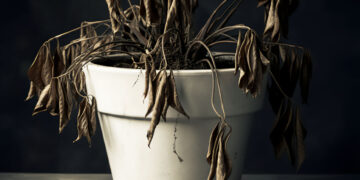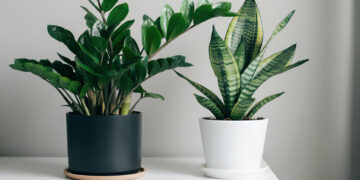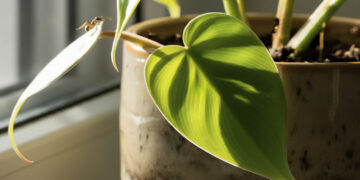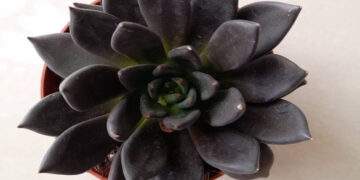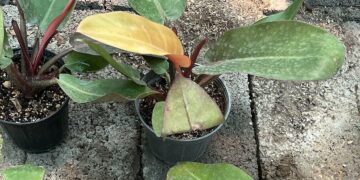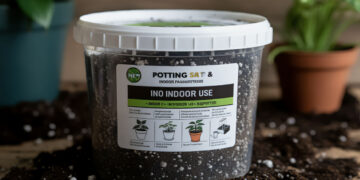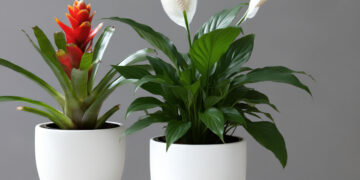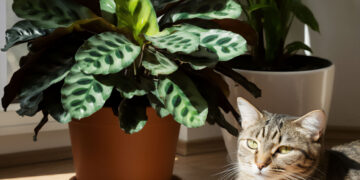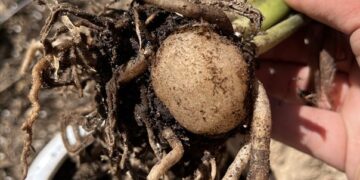Root rot is one of the common diseases that always threatens the health of your ZZ plant. So join me in guiding you in preventing root rot in your ZZ plant.
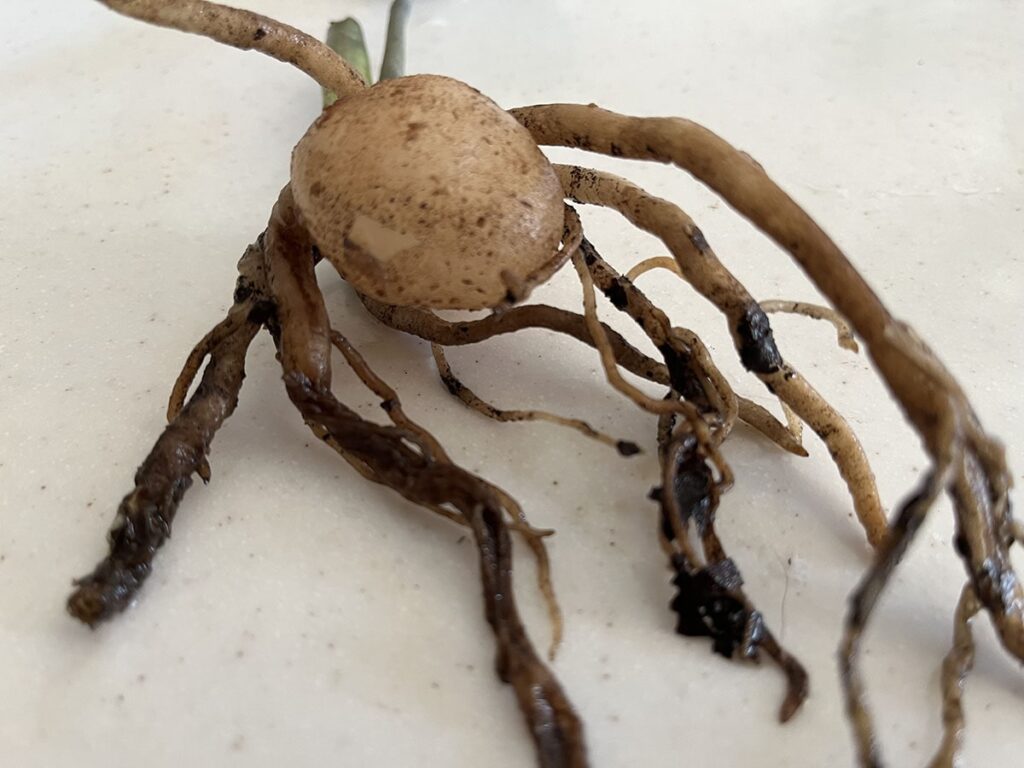
Causes of ZZ plant root rot
ZZ plant root rot mostly happens because of overwatering and poor soil drainage. In fact, the soil becomes waterlogged, and the roots are unable to reach oxygen.
An overwatered ZZ plant creates an ideal environment for fungi like Pythium and Phytophthora to grow and attack the roots.
Recognizing ZZ plant root rot
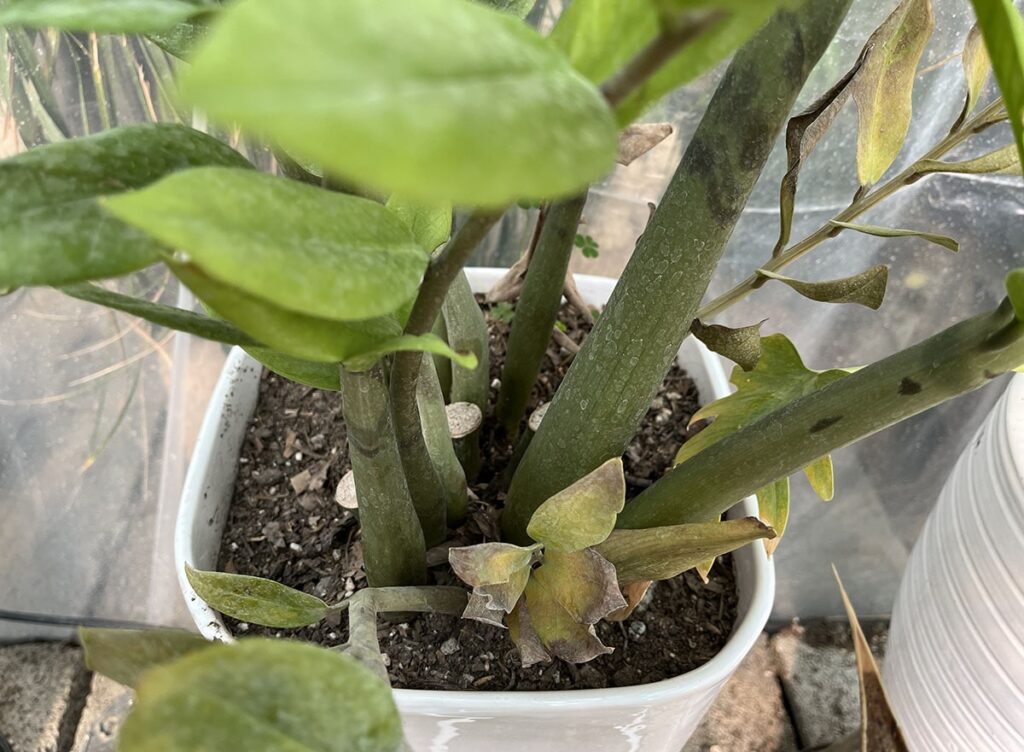
Timely detection helps a lot to save the ZZ plant and prevents the disease from spreading.
The first sign of ZZ plant root rot is that the ZZ leaves turn yellow from the bottom, and the stems become soft and loose and are no longer strong. The soil smells musty or sour. If you check the roots of your ZZ plant, instead of white and healthy, they look mushy, black or brown.
Safety tips before treating ZZ plant root rot
If you think your ZZ plant has root rot, avoid using the same soil or tools for other plants without disinfection.
Separate the affected ZZ plant from other houseplants and dispose of the unclean soil correctly.
Make sure all houseplants have well-drained soil and proper watering ways to minimize the spread of these fungi.
It would be best if you cleaned pots and tools regularly with a diluted bleach solution to kill persistent fungi.
Step by step Treatment of ZZ plant root rot
By doing these steps, you can improve the chances of saving the ZZ plant from root rot.
– Before doing anything, disinfect your hands and tools thoroughly to prevent the spread of the disease.
– Carefully remove the infected ZZ plant from the pot and the soil around the roots so that the roots are clearly visible.
– Wash the roots until the soil is completely separated from around them.
– Use sterilized scissors or pruning shears and carefully cut the soft, black or brown roots.
– Place the healthy roots in the open air for a few hours to dry a little.
– Start ZZ plant repotting. Plant it in a new pot with a drainage hole and use fresh soil with good drainage.
– Water the ZZ plant carefully and let the soil dry a little between waterings.
– Put it in a place with indirect light.
– Go on ZZ Plant care regularly.
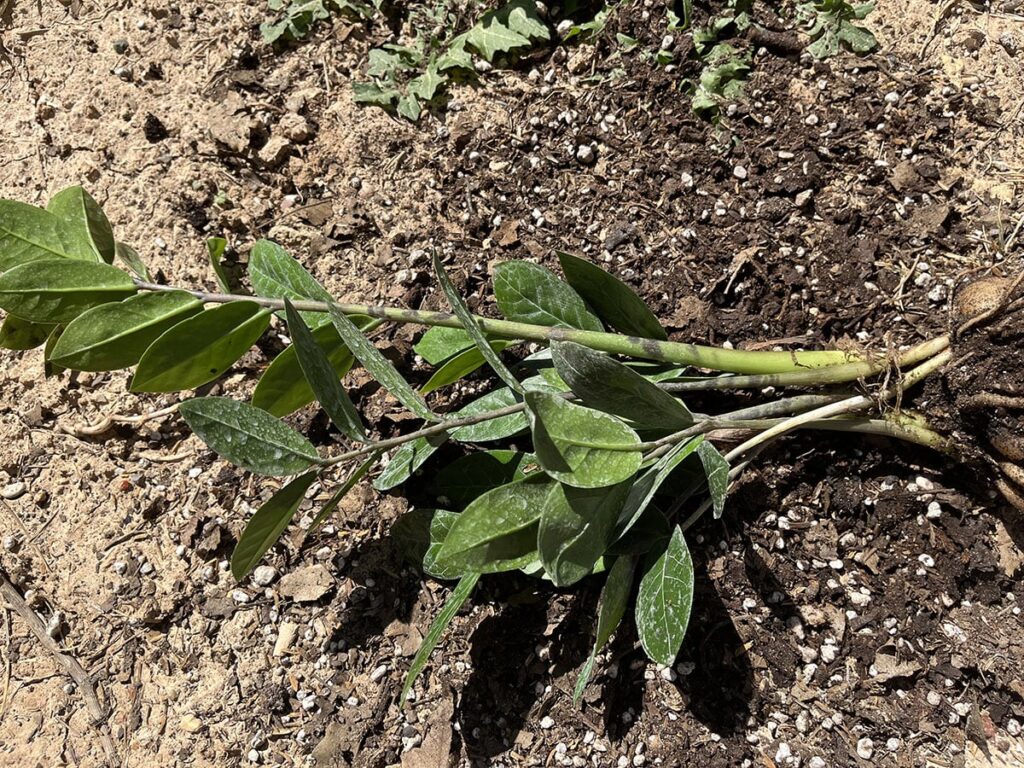
Prevention of ZZ plant root rot
– Control the watering. The ZZ plant lives in a dry world and needs less water. You should water the ZZ plant only when the soil is completely dry. So, with your finger or moisture meter, check the humidity of about 2-3 inches of the soil surface and set the right time to water.
Remember that in winter, or when less light reaches your houseplant and the ZZ plant’s light needs aren’t met, it requires less water
I usually water every 2-4 weeks, which may change with the heat and light of the environment.
– Focus on the ZZ plant soil mix. Soil with good drainage is essential, Like the soil of succulents, which is usually mixed with potting soil, perlite and sand. It works like a filter that quickly passes water through itself and does not let the roots get flooded. You can mix the soil with orchid skin or mineral pumice to allow air to flow in the soil and prevent water from getting stuck around the roots.
– Always pay attention to the choice of pot. Your pot must have a drainage hole so that too much water does not collect in the pot and damage the ZZ plant’s roots. Make sure that the water drains easily from the bottom of the pot.
Moreover, remember that the pot should not be too big because the soil in a big pot stays moist for a longer time and can increase the risk of root rot.
– Avoid over-fertilizing because it causes salt to collect in the soil and makes the roots unable to absorb water and food well. The ZZ plant becomes weak, and the possibility of root rot increases, especially when you overwater the plant at the same time.
I use a balanced and diluted fertilizer in a small amount, usually every 2 to 3 months during the growing season (It can be increased or decreased depending on the circumstances), and I don’t fertilize in the winter because the ZZ plant grows less.
– Please do not keep the ZZ plant in a very humid and cold environment because it is not suitable for the houseplant.
– Be careful of pests like fungus gnats and root aphids. For example, fungus gnat larvae multiply in moist soil and feed on the roots, making them weak and increasing the possibility of rot. Use Insecticidal soap and neem oil to kill pests and help root health.
The long-term results of root rot on ZZ plants
If the root rot is not treated early, the ZZ plant may be destroyed and die. Even if you can treat the root rot, it is possible that the ZZ plant will not fully recover, and some of the damage won’t change.
Check your ZZ plant regularly to detect any signs of root rot in the early stages.
Spreadability of ZZ plant root rot
ZZ plant root rot itself is not transmitted from one plant to another like a disease, but the fungi that cause it can be transmitted to other plants through soil, water or polluted tools.
If you have any questions about ZZ plant root rot, feel free to ask me in the comments
source:
https://www.public.asu.edu/~camartin/plants/Plant%20html%20files/zamioculcaszamiifolia.html
